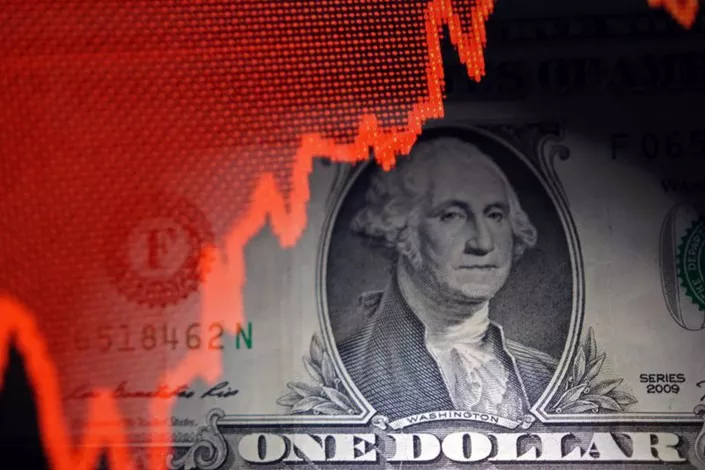Stock futures climbed and the U.S. dollar strengthened on Monday, as signs of progress in trade talks between the United States and China lifted investor confidence and eased fears of a global recession.
Markets were also encouraged by signs of easing geopolitical tensions. A ceasefire between India and Pakistan held steady, and Ukrainian President Volodymyr Zelenskiy said he was willing to meet Russian President Vladimir Putin in Turkey later this week.
In Geneva, U.S. Treasury Secretary Scott Bessent described recent trade discussions with China as making “substantial progress.” Chinese officials echoed the sentiment, citing an “important consensus” and plans to start a new economic dialogue forum. A joint statement is expected soon, though neither side has mentioned any changes to existing tariffs.
“This looks like a framework for more discussions, rather than a solid agreement,” said Michael Brown, senior research strategist at Pepperstone. “It’s better than a breakdown in talks, but still leaves key questions—like tariff relief—unanswered.”
Investors are watching closely to see if the U.S. will scale back its 145% tariff on Chinese goods. Even a partial rollback to the 60% level once proposed by former President Donald Trump would be welcomed by markets.
While Trump continues to favor high tariffs, any progress in trade negotiations may help avoid a severe economic slowdown.
Markets responded positively. S&P 500 futures rose 1.2%, Nasdaq futures climbed 1.4%, and European stock futures also gained: EUROSTOXX 50 rose 0.9%, FTSE futures added 0.4%, and Germany’s DAX increased 0.7%. In Asia, Japan’s Nikkei rose 0.3% and South Korea’s market gained 0.4%. Chinese blue chips edged up 0.8%, despite weak inflation data showing factory prices had their sharpest drop in six months.
The U.S. dollar strengthened 0.4% against the yen, reaching 145.90. The euro slipped 0.2% to $1.1224, and the dollar index edged up to 100.60. Against the Chinese yuan, the dollar dipped 0.2% to 7.2278.
Fed in Focus as Inflation Data Looms
The Federal Reserve’s cautious stance on rate cuts supported the dollar last week. Markets now await U.S. consumer price data, due later this week, which could show how tariffs are impacting inflation. Retail sales are expected to be flat in April after a spike the previous month.
Retail giant Walmart reports earnings Thursday, offering more insight into consumer demand and potential supply chain impacts from the tariffs.
“We likely won’t see clear evidence of tariff-driven inflation until May’s CPI data is released,” analysts at ANZ noted. “We expect the Fed will wait until the third quarter, probably September, to cut rates if needed.”
Fed fund futures showed lower expectations for a rate cut. The chance of a rate cut in June has fallen to 17%, from over 60% a month ago. A July cut is currently seen as a 59% possibility. Several Fed officials, including Chair Jerome Powell, are scheduled to speak this week.
Commodities Mixed on Trade Hopes
Improved risk sentiment weighed on gold, which dropped 1.7% to $3,268 an ounce, pulling back from its April high of $3,500.
Oil prices rose on hopes that a trade breakthrough could prevent an economic downturn. Brent crude added 29 cents to reach $64.20 a barrel, and U.S. crude rose 30 cents to $61.32, although potential supply increases from OPEC+ remain a concern.
Related topics:


